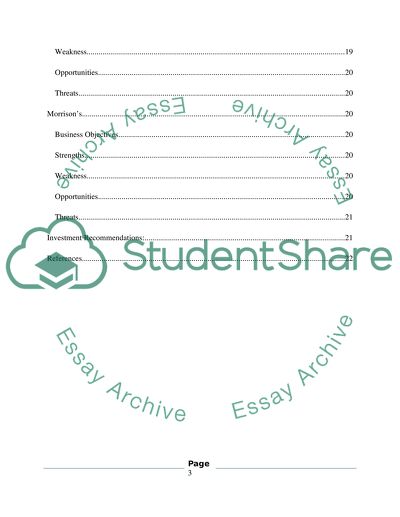Cite this document
(“CORPORATE MANAGEMENT & FINANCE- Assessment Element 2 Essay”, n.d.)
Retrieved from https://studentshare.org/marketing/1396889-corporate-management-finance-assessment-element
Retrieved from https://studentshare.org/marketing/1396889-corporate-management-finance-assessment-element
(CORPORATE MANAGEMENT & FINANCE- Assessment Element 2 Essay)
https://studentshare.org/marketing/1396889-corporate-management-finance-assessment-element.
https://studentshare.org/marketing/1396889-corporate-management-finance-assessment-element.
“CORPORATE MANAGEMENT & FINANCE- Assessment Element 2 Essay”, n.d. https://studentshare.org/marketing/1396889-corporate-management-finance-assessment-element.


